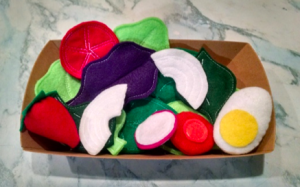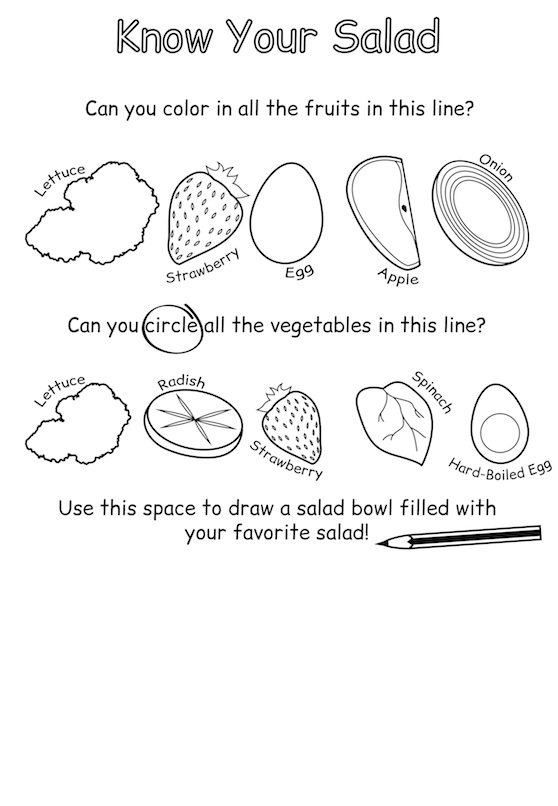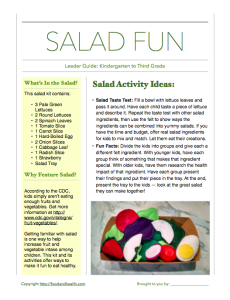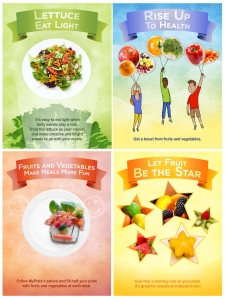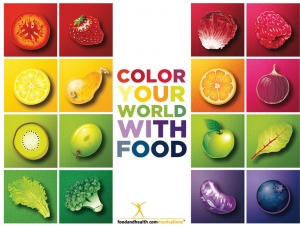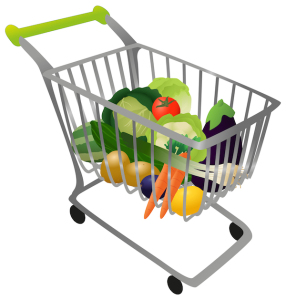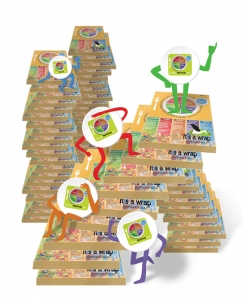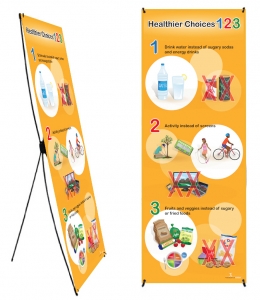According to the Centers for Disease Control and Prevention (CDC), “9 in 10 children didn’t eat enough vegetables in 2007-2010.”
After all, eating a wide variety of vegetables is critical to good health. Take MyPlate’s advice, for example. “People who eat more fruits and vegetables as part of an overall healthy diet are likely to have a reduced risk of some chronic diseases.” Plus, the Dietary Guidelines for Americans counsel people to “Increase vegetable and fruit intake” and “Eat a variety of vegetables.”
Getting enough vegetables is especially important for children. The CDC asserts “Healthy eating in childhood and adolescence is important for proper growth and development and can prevent health problems such as obesity, dental caries, iron deficiency, and osteoporosis.”
It’s time to turn things around and help kids get the vegetables they need.
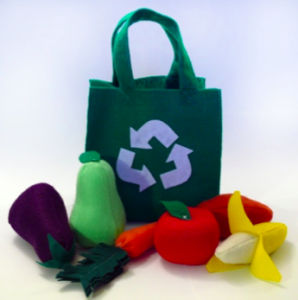 That’s why we’ve recently added two new interactive resources to the Nutrition Education Store. These felt shopping and salad kits offer new ways for kids to engage with fruits and vegetables, encouraging healthful habits and a balanced diet. Plus, research indicates that kids who play a role in choosing the healthful ingredients for a meal are more likely to eat it. Getting familiar with salad is one way to help increase fruit and vegetable intake among children. Shopping for food together is another.
That’s why we’ve recently added two new interactive resources to the Nutrition Education Store. These felt shopping and salad kits offer new ways for kids to engage with fruits and vegetables, encouraging healthful habits and a balanced diet. Plus, research indicates that kids who play a role in choosing the healthful ingredients for a meal are more likely to eat it. Getting familiar with salad is one way to help increase fruit and vegetable intake among children. Shopping for food together is another.
But that’s not all! Today we’re offering a sneak peek into ways to help kids eat more vegetables. Check out the handouts below — you can get a free leader guide for fruit and vegetable activities for kids in kindergarten through 3rd grade, and then follow up with a free activity page for kids at the same age level. Check out the previews below, and if you like what you see, get your own salad or shopping kits today!
Salad Activity Ideas:
Activity #1 — Salad Taste Test: Fill a bowl with lettuce leaves and pass it around. Have each child taste a piece of lettuce and describe it. Repeat the taste test with other salad ingredients, then use the felt to show ways the ingredients can be combined into yummy salads. If you have the time and budget, offer real salad ingredients for kids to mix and match. Let them eat their creations.
Activity #2 — Fun Facts: Divide the kids into groups and give each a different felt ingredient. With younger kids, have each group think of something that makes that ingredient special. With older kids, have them research the health impact of that ingredient. Have each group present their findings and put their piece in the tray. At the end, present the tray to the kids — look at the great salad they can make together!
Salad Worksheet:
If you like what you see, get the handouts for free! Here are PDF copies of the leader guide and activity page, just for you!
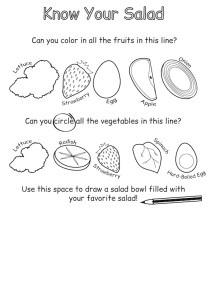 PS These would be perfect for National Fresh Fruit and Vegetable Month, which is coming right up!
PS These would be perfect for National Fresh Fruit and Vegetable Month, which is coming right up!
And here are more fruit and vegetable resources from the Nutrition Education Store. Remember, we’re here to help you look your very best…
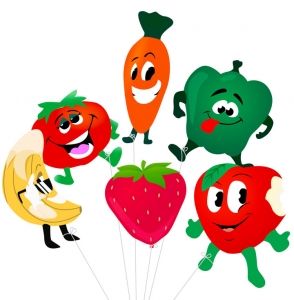
Fruit and Vegetable Balloon Set



